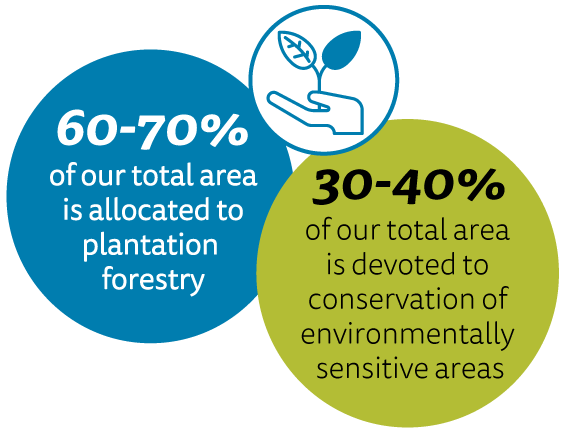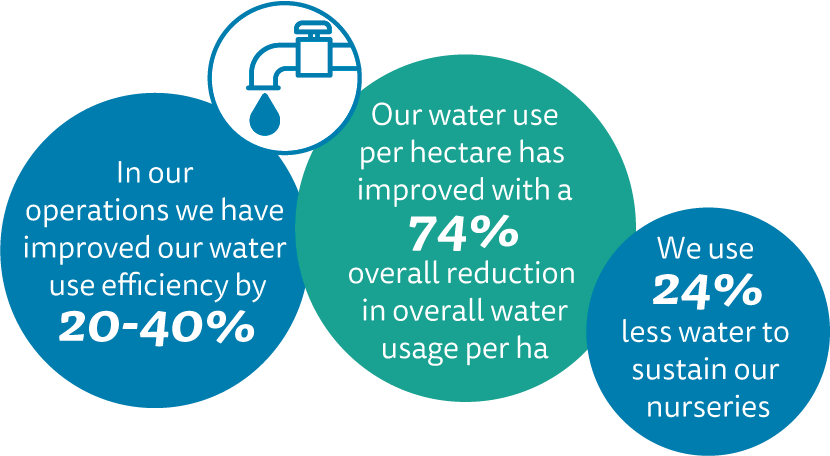Land Stewardship & Conservation
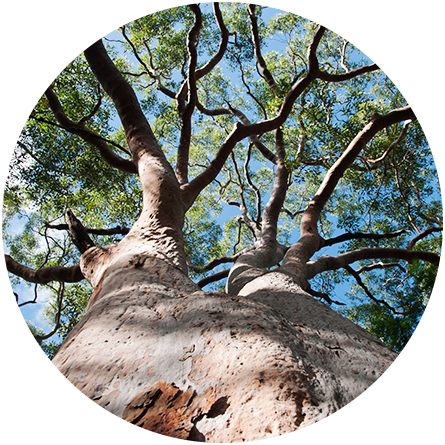
FFC’s operations are helping to regenerate these areas by:
- Changing local management practices
- Conserving areas linked to sensitive ecosystems
- Implementing proper planting and maintenance practices that are increasing soil organic matter and improving water infiltration.
- Using only 60% – 70% of total area for plantation forestry and dedicating 30% – 40% of our total area to conservation of environmentally sensitive areas for natural habitat.

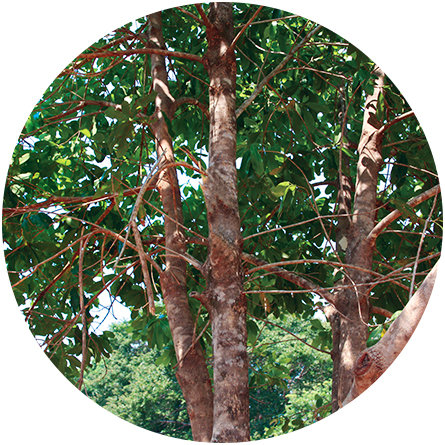
Sustainable Forest Management

Sustainable Water Resource Use
Initial investigations suggest that on average we use 24% less water to sustain our nurseries compared with other similar operations. We will continue to benchmark our operations against similar production units to determine if our water usage efficiencies are comparable with similar size nurseries.
FFC is aware that water use and the protection of surface water features lies at the foundation of sustainable forestry. FFC has implemented a water management plan that will set future targets for water savings and reuse of water where possible in line with SDG 13. At present, FFC has improved our water use efficiency between 20 – 40 per cent in our operations.

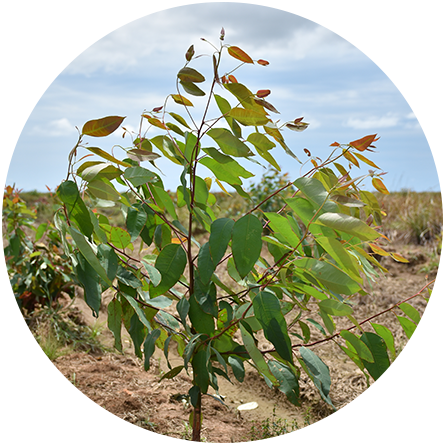

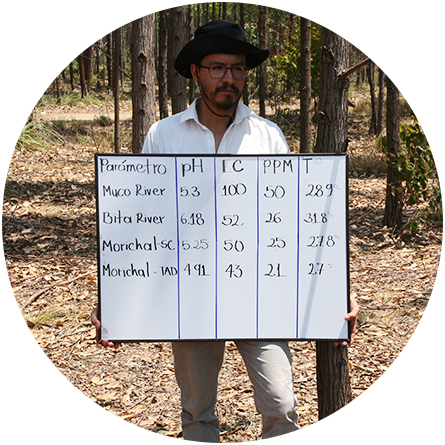
Improving Soil Quality
Under FFC’s plantation management practices, the soil quality has improved, when compared to the grasslands not under our management. This improvement is the result of an increase in the vegetative litter layer on the soil, as the trees mature and reach canopy closure. Early evidence shows an increase in soil organic matter, which is now measured on an annual basis and is a key aspect in sustainable land management. The reduction and eventual elimination of uncontrolled wildfires allows for the soil to recover from the decades of degradation and poor management practices. Additionally, improvements in the organic carbon levels are also detected and are associated with improved rainfall infiltration and increased soil biotic activity.

